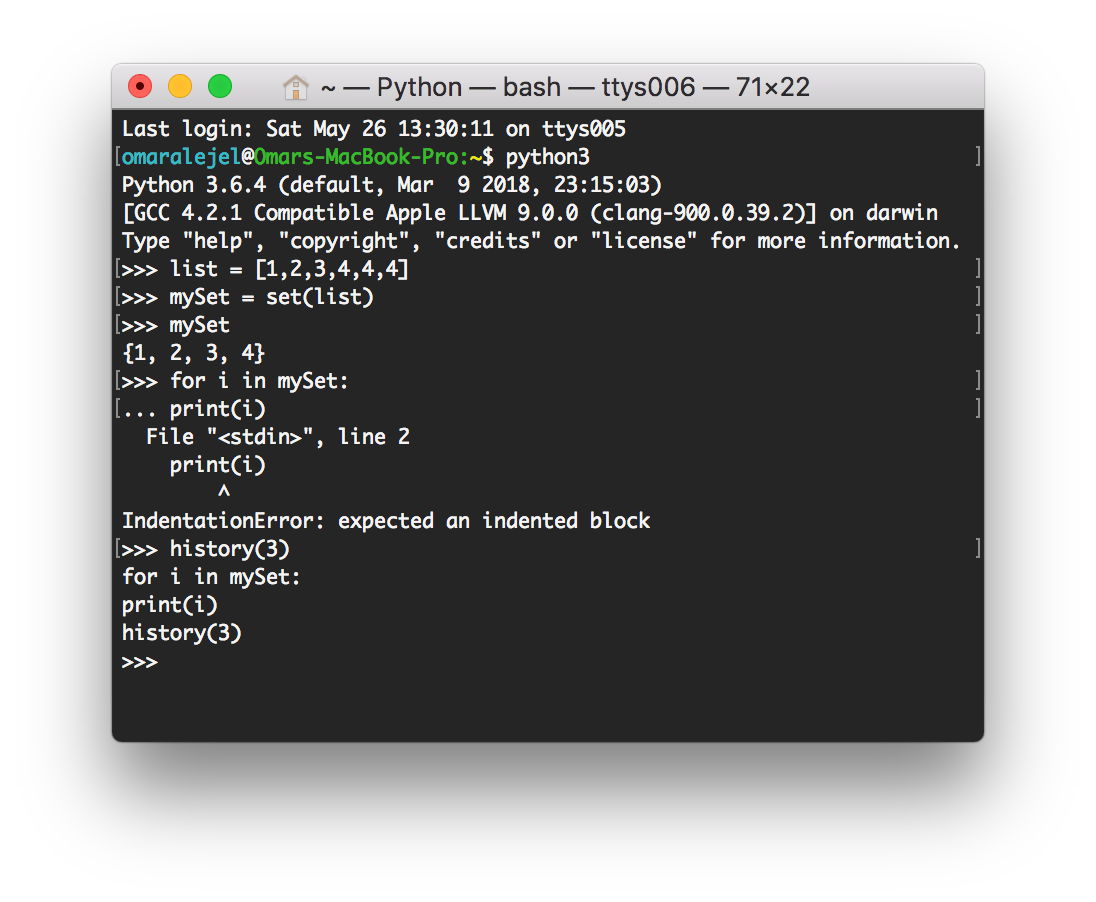

The start value will be 0 and step will be 1.So the values will start from 0 and will stop at 3 i.e length of array -1 meaning 4 -1 = 3.

The for loop will iterate till the stop value i.e the length of the array and that will be 4, as we have four items in the arr_list. In above example we have used len(arr_list) as the stop value. In this example we will use a array of numbers and, let us see how to use the iterate the array inside for-loop using range()Įxample: arr_list = Python gives an error as the range() function does not support floating-point numbers for start, stop and step. TypeError: 'float' object cannot be interpreted as an integer The output is : Traceback (most recent call last): In above example we have used stop value as 10.5. Let us now work on the range() using floating-point numbers. With above inputs range() function will decrement the value from 15 onwards till it reaches the stop value, but here the difference is the last value will be stop + 1. The start value is 15, the stop value is 5 and the step value is negative number i.e -1. In the example below the step value is negative so the output will be in decremented from the range value given. The parameter step with negative value in range() can be used to get decremented values.

Reverse Range: Decrementing the values using negative step. The step value has to be positive incase you want to want incremented values as ouput. So it will always give incremented values. The parameter step in range() can be used to increment /decrement the values. Incrementing the values in range using a positive step. Let us now try an example to get the decremented value in the range given. So far, we have seen how range() function gives the incremented value for the stop value given. If the step value is not given, the value for step defaults to 1. The step is 2, so each value in the sequence will be incremented by 2. The stop value is 10, so the sequence of numbers will stop at (10-1) i.e 9. The start value is 3, so the sequence of numbers will start at 3. The last value in the sequence will be 1 less than the stop value 10-1 = 9. Here the start index is 3, so the sequence of numbers will start from 3 till the stop value. In the code, the start value is 3, and stop value is 10. The last value is always 1 less than the given value i.e. Since the start is not given the start is considered as 0 and the last value is given till 9. The value used in range is 10, so the output is 0 1 2 3 4 5 6 7 8 9 This example shows how to print the values from 0-9 using range(). The code execution is faster using xrange(). The usage of memory is more hence the code execution is slow when working on a huge set of data. The range() method uses more memory as the list returned has to be stored in comparison to xrange().Īs xrange() returns a generator object, it does not give values instantly and has to be used inside for-loop to get the values. The xrange() function gives a generator object that needs to be looped in a for-loop to get the values. The range() gives the sequence of numbers and returns a list of numbers. Python range() has been introduced from python version 3, before that xrange() was the function.īoth range and xrange() are used to produce a sequence of numbers.įollowing are the difference between range and xrange(): The return value is a sequence of numbers from the given start to stop index.

In case the start index is not given, the index is considered as 0, and it will increment the value by 1 till the stop index.įor example range(5) will output you values 0,1,2,3,4. Python range() is a built-in function available with Python from Python(3.x), and it gives a sequence of numbers based on the start and stop index given.


 0 kommentar(er)
0 kommentar(er)
